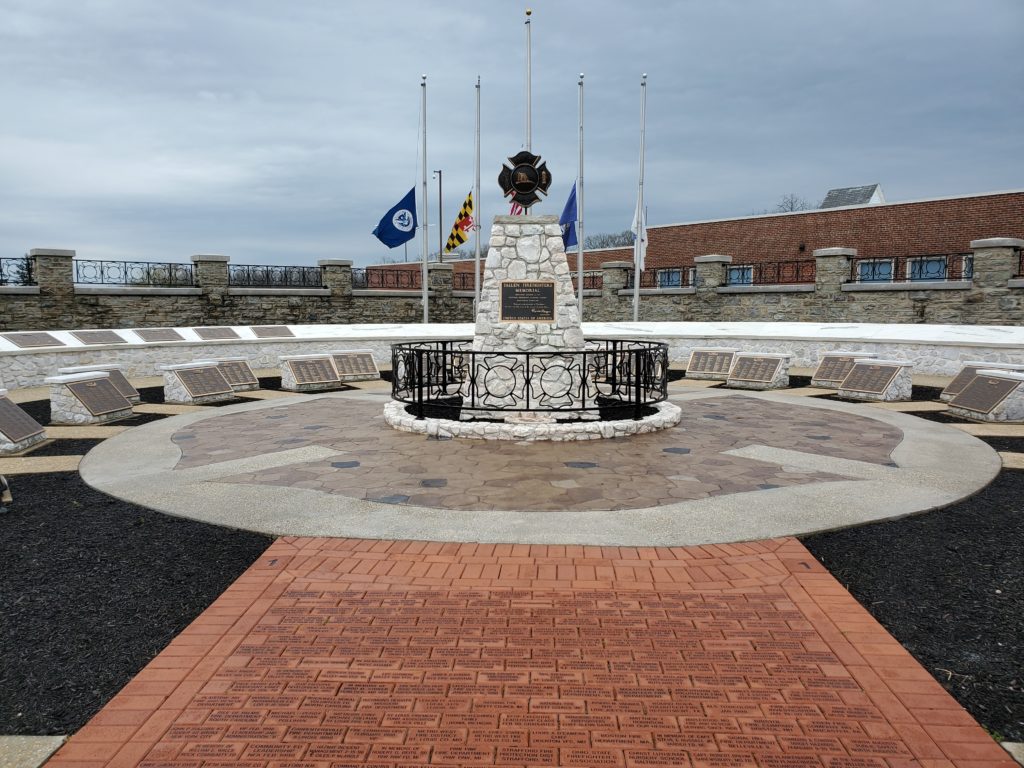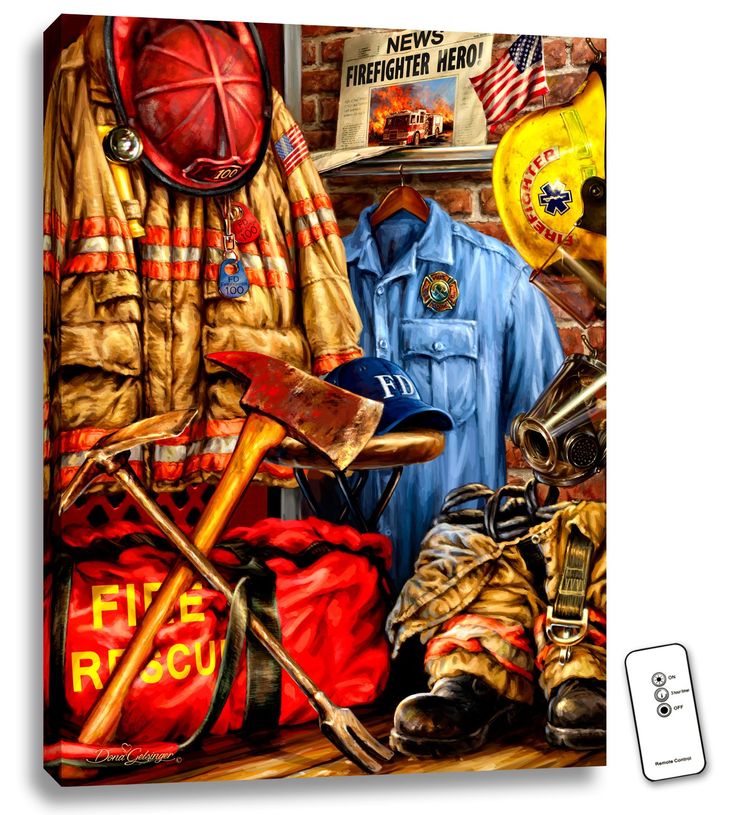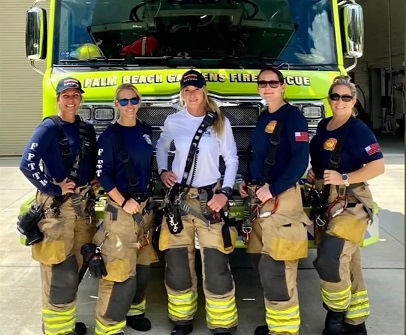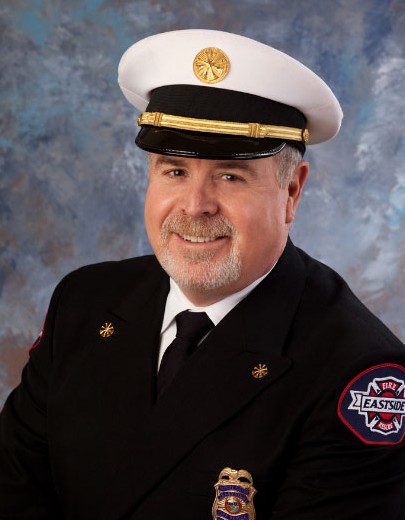Editor’s Note: The following from my fire service colleague, John Murphy, was originally published on LinkedIn and is presented here with his permission.
By: John K. Murphy, Esq., Veteran, PA-C, Chaos Manager and Attorney
The American fire service is frequently described using familial language. Firefighters call one another “brothers” and “sisters,” departments are referred to as “families,” and leaders often invoke a familial bond to promote unity and loyalty. At first glance, this language may seem appropriate. Firefighters eat, sleep, and work side-by-side for 24-hour shifts, face life-threatening situations together, and rely on one another in deeply personal and profound ways. Yet, despite the surface appeal of the “fire service as family” metaphor, it is ultimately a misleading and, at times, harmful representation of what the fire service truly is—or should be.

The Problem with the “Family” Metaphor
To understand why the family metaphor falls short, it’s important first to understand what it implies. A family is typically built on unconditional love, loyalty, and support. In a healthy family, a presumption of care and acceptance exists regardless of individual flaws or disagreements. However, in a professional environment like the fire service, these expectations can obscure the need for accountability, performance standards, and fair treatment. When departments begin to treat internal issues with the same informality and protectionism that might occur in a family, problems can be swept under the rug, favoritism can thrive, and toxic cultures can go unchecked.
Furthermore, not everyone experiences family in the same way. For some, the concept of “family” evokes dysfunction, abuse, neglect, or trauma. Assuming the word will always inspire feelings of comfort and connection is simplistic and tone-deaf. When leaders invoke the family metaphor to encourage camaraderie, they may inadvertently alienate those with different life experiences—or those who want to be treated as respected professionals, not as “siblings” in a pseudo-family structure.
Professionalism Over Pseudo-Family Dynamics
The fire service is, fundamentally, a profession. It is a career path requiring skill, discipline, training, and integrity. Firefighters must make decisions under pressure, follow the chain of command, and adhere to safety protocols and department standards. In a profession, accountability is paramount. Employees must be able to evaluate and critique performance, manage conflicts, and make personnel decisions based on competence—not loyalty.
When fire departments prioritize being a “family,” it can blur the lines between personal and professional expectations. Problematic behavior may be excused because “he’s like a brother,” or promotions may be granted based on popularity rather than merit. In some cases, the family metaphor has even been used to justify covering up misconduct or suppressing whistleblowers to protect “one of our own.” This culture hinders growth and equity and undermines the mission of serving the public.
Inclusivity and the Myth of Brotherhood
The fire service has long been dominated by a white, male demographic. Historically, the “brotherhood” of firefighting has been an exclusive club, resistant to change and wary of outsiders. For women, people of color, LGBTQ+ individuals, and others from underrepresented groups, the family metaphor can be a double-edged sword. They are often expected to “fit in” to the prevailing culture—one that may not welcome or reflect their experiences.
When people speak of the fire service as a “brotherhood,” it often implies a certain homogeneity. Brotherhood suggests a shared identity and background. But what happens when someone doesn’t share those traits? What if a firefighter doesn’t want to conform to locker room talk, gender stereotypes, or a “tough guy” mentality? What if a new recruit is judged not by their capability or performance, but by whether they “fit in” with the family? In such cases, the metaphor becomes a gatekeeping tool—one that maintains the status quo rather than fostering genuine inclusion.
True inclusivity in the fire service means treating people equitably and professionally, not demanding that they assimilate into a predefined culture. It means valuing diversity of thought, background, and perspective. The family metaphor, though often well-meaning, can work against these goals by pressuring individuals to suppress their differences in order to be accepted.
Mental Health and Toxic Loyalty
One of the most dangerous byproducts of the family narrative is the pressure it places on mental health. Firefighters are exposed to traumatic events and extreme stress on a regular basis. Yet, in many departments, there remains a cultural stigma around asking for help. The expectation to “be strong for the family” or not “burden the crew” can prevent firefighters from seeking therapy or speaking openly about their struggles.
In some cases, individuals suffering from PTSD, depression, or burnout feel isolated precisely because they don’t want to let their “family” down. Instead of being a source of support, the family narrative becomes a burden—a reason to hide pain and avoid vulnerability.
By contrast, a professional model emphasizes wellness as a core part of job readiness and performance. It promotes the idea that taking care of oneself is not a sign of weakness, but of responsibility. Mental health support should be normalized and integrated into the fabric of the fire service—not seen as something that threatens the cohesion of the “family.”
Leadership and Accountability
Effective leadership in the fire service requires fairness, transparency, and a commitment to ethical behavior. Yet the family metaphor can create blind spots when it comes to accountability. If leaders view their team as a family, they may struggle to discipline or remove underperforming or problematic individuals. Loyalty becomes confused with obligation, and decisions that should be based on what is best for the department or community are instead made based on personal feelings or long-standing relationships.
Moreover, when promotions and recognition are tied to who is part of the “inner circle,” it erodes trust among the rank and file. Resentment builds, morale suffers, and the integrity of the organization is compromised. Leaders must be willing to separate personal relationships from professional decisions. That is not only the ethical thing to do—it is the only sustainable way to build a competent and respected fire service.
What the Fire Service Should Be
Instead of a family, the fire service should strive to be a high-functioning team—one built on trust, accountability, mutual respect, and a shared mission. Teams, unlike families, are assembled based on skills and performance. They train together, evaluate results, adapt strategies, and hold one another to clear standards. Members of a team do not have to love one another unconditionally—but they must collaborate, communicate, and show up prepared to do their part.
This doesn’t mean that camaraderie or personal bonds have no place in the firehouse. Of course they do. Shared meals, humor, and genuine friendship can all help build morale and resilience. But these connections should grow organically and not be forced through outdated metaphors. Let the culture develop around professionalism, inclusivity, and excellence—not nostalgia or exclusion.
Conclusion
The fire service performs one of the most critical functions in American society. It is a profession that requires skill, sacrifice, and a deep commitment to public service. But it is not, and should not be, a family. The “fire service as family” metaphor, while rooted in tradition and good intentions, has outlived its usefulness. It too often shields toxic behaviors, stifles diversity, and blurs professional boundaries.
By letting go of this metaphor and embracing a team-based, professional model, the fire service can better support its members, uphold its standards, and fulfill its mission to protect and serve the public. Brotherhood is not a prerequisite for bravery. Sisterhood is not a substitute for skill. The future of the fire service depends not on familial bonds, but on leadership, accountability, and respect for all who wear the uniform.
About the Author
John K. Murphy, is an attorney licensed in Washington with experience in general legal practice, employment practice liability, organizational policies development and implementation, public safety, risk, and Human Resource management. Mr. Murphy provides legal services and consulting with fire service leadership on Fire and EMS service delivery and private industry strategic planning, creating innovative ways of delivering services efficiently and cost-effectively. His work includes Leadership Mediation and Unraveling Organizational Chaos and Discord. He lectures on those subjects to a national audience at various conferences and seminars.
Mr. Murphy retired after 32 years as a career firefighter at the rank of Deputy Fire Chief for Eastside Fire & Rescue (Issaquah, WA) and Fire Chief of the City of Sammamish (WA). He rose in the ranks from a firefighter/paramedic to Chief Officer with extensive experience in emergency operations, recruitment and retention of employees, curriculum development and implementation of training programs, organization development, management and training of executive-level managers, and health and safety programs. He is currently an elected Fire Commissioner (FD 38) in King County, WA.
 Fire & EMS Leader Pro The job of old firefighters is to teach young firefighters how to become old firefighters!
Fire & EMS Leader Pro The job of old firefighters is to teach young firefighters how to become old firefighters!



